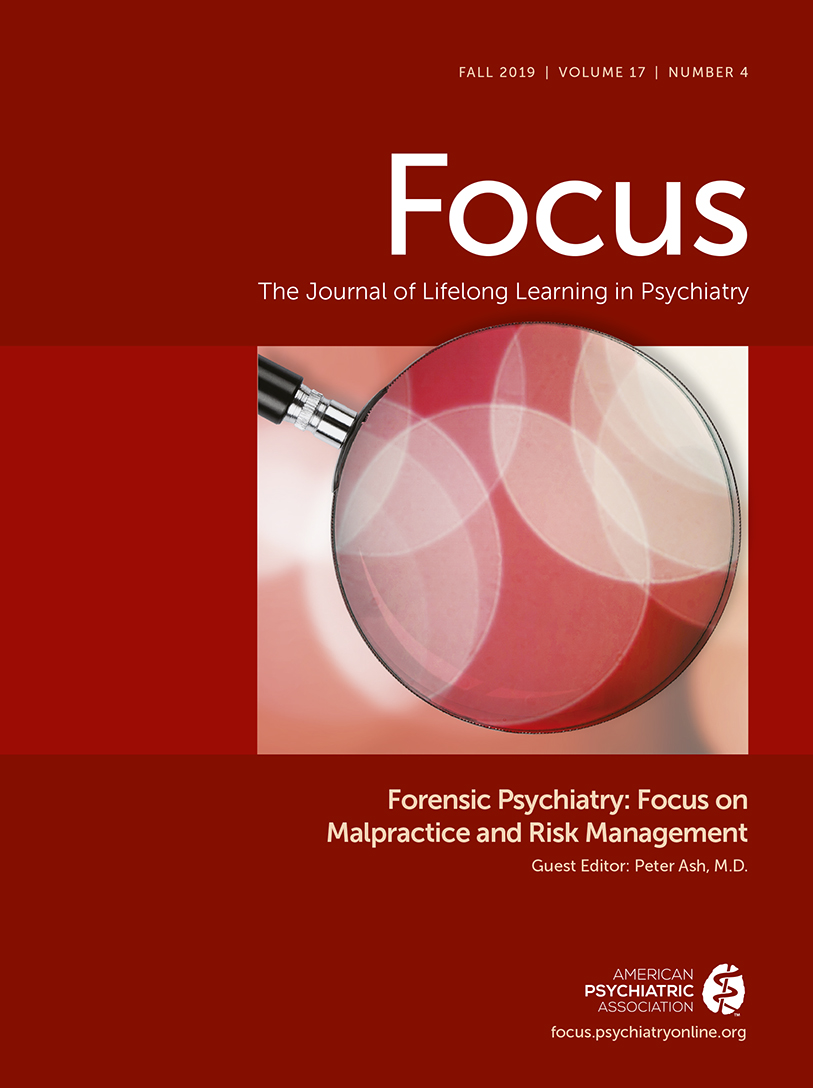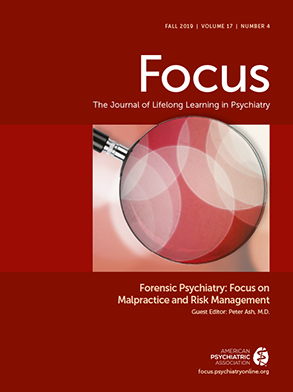The Tarasoff Rule: The Implications of Interstate Variation and Gaps in Professional Training
Abstract
The Policy and Legal Landscape
| Category | States |
|---|---|
| States with mandatory duty to warn or protect Codified in statute | Arizona, California, Colorado, Idaho, Indiana, Kentucky, Louisiana, Maryland, Massachusetts, Michigan, Minnesota, Mississippi, Missouri, Montana, Nebraska, New Hampshire, New Jersey, Ohio, Oklahoma, Tennessee, Utah, Virginia, and Washington |
| Indicated in common law | Alabama, Delaware, Georgia, Hawaii, Iowa, North Carolina, Pennsylvania, South Carolina, South Dakota, Vermont, and Wisconsin |
| States that permit breach of confidentiality in cases of threat * | Alaska, Connecticut, District of Columbia, Florida, Illinois, New York, Oregon, Rhode Island, Texas, West Virginia, and Wyoming |
| States with no statute/common law guidance | Arkansas, Kansas, Maine, Nevada, New Mexico, and North Dakota |
Discharging the duty in states with mandatory statute.
Discharging the duty in states with common law suggesting mandatory duty.
Discharging the duty in states with permissive statutes.
Discharging the duty in states with no statutory or common law guidance.
Variations within a state in interpreting the duty to warn or protect.
Variations in the purpose of invoking the duty to warn or protect.
Who Knows What?
Training for psychologists and psychiatrists.
Psychologists’ knowledge of the duty.
Other health professionals’ knowledge of the duty.
| Professionals Covered | States |
|---|---|
| Mental health provider (does not appear to include psychiatrists or unclear) | Alaska, Connecticut, Florida, Nebraska, Oklahoma, and Pennsylvania |
| Mental health provider (includes psychiatrist, psychologist, clinical social worker, and sometimes associates of those professions) | California, Delaware, Louisiana, Maryland, Michigan, Missouri, and New York |
| Mental health provider (includes above and physicians who are not necessarily accredited in psychiatry) | Alabama, Arizona, Colorado, District of Columbia, Idaho, Illinois, Indiana, Kentucky, Massachusetts, Mississippi, Montana, New Jersey, Ohio, Oregon, Rhode Island, Tennessee, Utah, Virginia, Washington, and Wyoming |
| Not specified or unclear | Georgia, Hawaii, Iowa, New Mexico, North Carolina, South Carolina, South Dakota, Texas, Vermont, West Virginia, Wisconsin |
| Physician (does not appear to include other mental health providers) | New Hampshire |
| Duty not applicable | Arkansas, Kansas, Maine, Nevada, New Mexico, North Dakota, Virginia, |
Other parties’ knowledge of the duty.
The Narrowing of the Duties
Conclusion
References
Information & Authors
Information
Published In
History
Authors
Metrics & Citations
Metrics
Citations
Export Citations
If you have the appropriate software installed, you can download article citation data to the citation manager of your choice. Simply select your manager software from the list below and click Download.
For more information or tips please see 'Downloading to a citation manager' in the Help menu.
View Options
View options
PDF/EPUB
View PDF/EPUBLogin options
Already a subscriber? Access your subscription through your login credentials or your institution for full access to this article.
Personal login Institutional Login Open Athens loginNot a subscriber?
PsychiatryOnline subscription options offer access to the DSM-5-TR® library, books, journals, CME, and patient resources. This all-in-one virtual library provides psychiatrists and mental health professionals with key resources for diagnosis, treatment, research, and professional development.
Need more help? PsychiatryOnline Customer Service may be reached by emailing [email protected] or by calling 800-368-5777 (in the U.S.) or 703-907-7322 (outside the U.S.).

